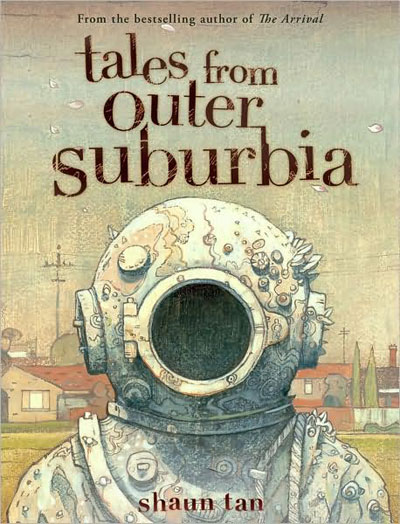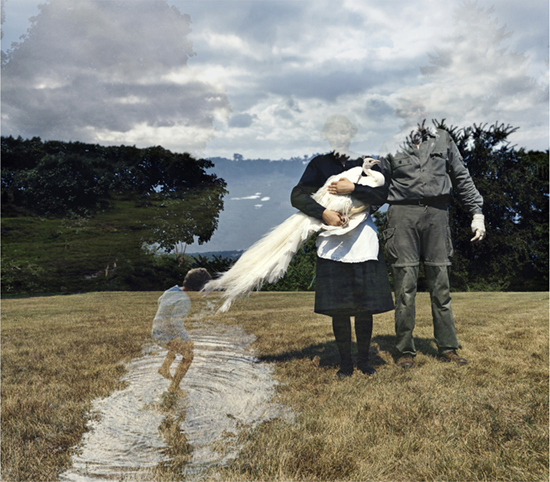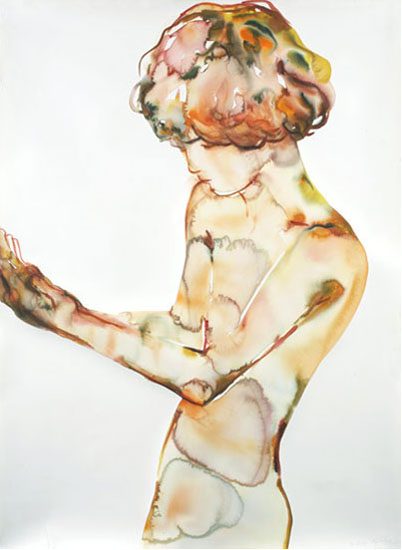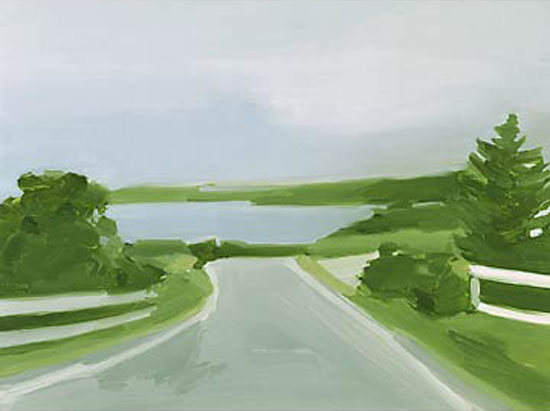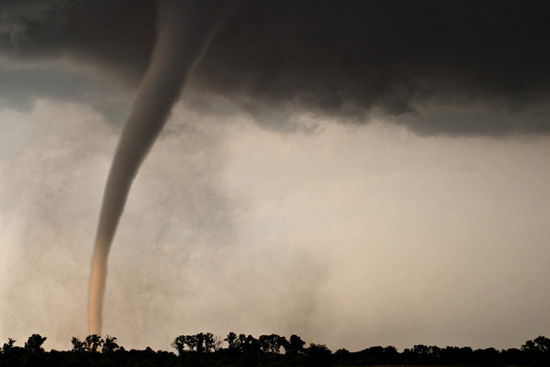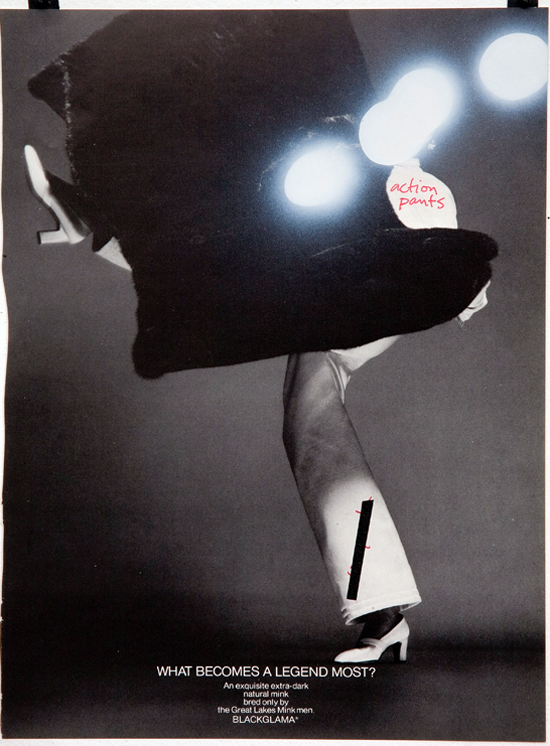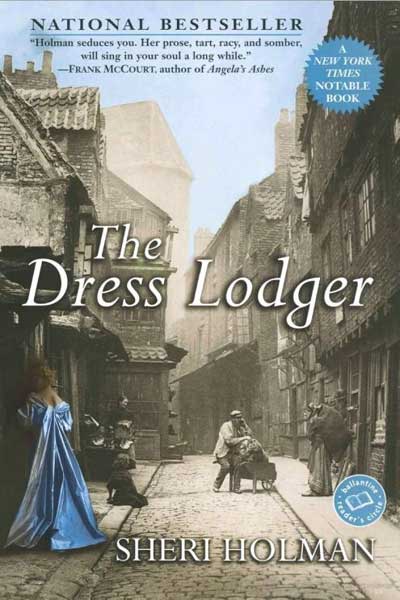
Reviewed by Cindi Di Marzo
The battle for legal supply of cadavers in aid of medical advancement is not something that many contemporary readers consider when they peruse the multitude of news articles, magazine stories and books referring to case studies, research findings and clinical observations. Sheri Holman’s gripping historical novel The Dress Lodger (Ballantine paperback, 2001) spirits readers back to 1831, when cholera returned to England, traveling along the trade routes from India to Sunderland, a major shipping port at the mouth of the River Wear. Without adequate means to examine those who died from cholera, doctors resorted to theories to explain its source and progress. The pride of Sunderland, an English county composed of all shades along the social hierarchy (divided by their respective sections ranged around the river), is Wearmouth Bridge, the first single-span cast-iron bridge in the world, opened for traffic in 1796. Sunderland residents joyously recall the occasion of its 25th anniversary; even the poorest have a print or trinket with a view of it.
The dire situation of Sunderland’s poor stalks everyone, threatening to erupt in violence. With thriving trade, most keep body and soul together by toiling long hours in dangerous conditions or, for clever opportunists, by cunning or petty crime. Holman’s 15-year-old heroine, Gustine, works at a local pottery by day and as a “dress lodger” by night. Distinguished for introducing dress lodging into Sunderland, her landlord (and pimp) Whilky Robinson requires that, after washing her clay-encrusted body, Gustine wear a fancy blue dress to lure men to a bed in his brother’s pub or an alleyway, whichever they prefer. To dog her steps, he employs an ancient, one-eyed crone called “The Eye.”
Gustine’s unconscious courage will instantly engage readers’ sympathy but never their pity. Struggling to support her infant son, whose heart is located outside his chest cavity, Gustine seems oblivious to the ferment rising from the threat of cholera, the resulting quarantine and class hatred. After meeting Dr. Henry Chiver, this smart, single-minded woman realizes that she can, in fact, use the situation; with a vague plan but iron will, she says she can supply Chiver with dead bodies for dissection. For her, Chiver is the key to her son’s survival. Having dealt with the lowest of men and existed in Robinson’s boardinghouse (where he covers the windows to avoid a glass tax and packs unwashed, lice-infested bodies on filthy straw to sleep accompanied by rats running from his prize rat-catching ferret), Gustine neither fears nor suspects Chiver’s obsessions, which teeter between sexual and medical.
While Gustine snares readers’ hearts, Chiver will disgust and anger them. Chiver, Holman relates, has left the Edinburgh College of Medicine after two Irish immigrants, William Burke and William Hare, are prosecuted for murdering 17 victims to sell to the college, notably to Dr. Robert Knox. In Holman’s conception of this dismal episode in medical history, Knox was Chiver’s mentor, and after the episode Chiver returns to England, sick in mind and body but determined to continue Knox’s work. He finds Gustine’s offer of bodies (and Gustine herself) irresistible. Engaged to the daughter of a local businessman kept from home by the quarantine, Chiver is a split personality. Gentlemanly (if annoyingly condescending) to his fiancé (who is much younger than he is), Chiver is unfaithful, selfish, elitist and, possibly, evil.
But he identifies a chance to avoid his destiny by saving Gustine’s child. He considers that:
“He might turn away from this sun, might live by night as he has done since first arriving in Surgeon’s Square, a stunted, shrinking thief and a murderer; or–dare he dream it?–give his talents over to something beyond the grave; become the nurturer of new life instead of a carrion-feeder upon the dead. He might chart patterns of growth as opposed to decay; learn how we live as opposed to how we die. The heart is the beginning of life, thinks Henry, staring down at the babe in his arms. You could be my new beginning.”
Holman’s genius keeps us guessing about Chiver, as well as his fiancé (Are her generous feelings toward Whilky’s ferret-like daughter, Pink, another emblem of her role as savior of the deserving poor?), the Eye (What happened to her all those years ago at the mine?) and even the Cholera Morbus (Could it be Cholera Humbug, after all?). Caught up in the war between the rich, who suspiciously avoid the disease, and the poor, who inevitably succumb, readers may give sway, occasionally, to heart over head.
Along with acutely observed social divisions, Holman treats readers to humorous doses of local legends (Jack Crawford, the “Hero of Camperdown”), superstitions (the Cauld Lad, who haunts a local castle’s kitchens after being killed by his master) and remnants of centuries-old folk beliefs (curing whooping cough by putting a live trout’s head in a baby’s mouth, or shaving the baby’s head, then hanging the hair on a bush for the birds to snatch and carry off the disease). Such period details as Gotham Pottery specialties (a “Sailor’s Tears” design painted on milk pitchers and Keep Me Clean chamber pots) are equally memorable.
Holman’s Dickensian, circular narrative style and vivid descriptions of unrelenting poverty display her consummate storytelling. Choosing a surprising collective narrator as her “voice,” Holman demonstrates on every page her sympathies. For example, on a picnic with Gustine, Chiver shows her a mausoleum built by the wealthy for its dead. He reflects that:
“The person laid inside must have been highly regarded, a lord or a lady certainly, to command such a crowd and such a mausoleum. He will be different on the inside, though, no matter how well bred; simply another map for his students, another page of notes, another few jars of floating organs.”
Gustine does not dream of money, nor the beautiful things it can buy. Although she observes the hat and jewelry worn by Chiver’s fiancé, she covets a priceless jewel: kindness; to be treated as a gentlewoman who, if not accorded equality and respect, is handled with care by men of means.
Like she did in her first novel, A Stolen Tongue (Atlantic Monthly, 1997), Holman inhabits her subjects; their time, place and thoughts. By digging so deep, she uncovers their hearts’ desires. At the close of The Dress Lodger, readers are advised to revisit the quotation that opens the novel’s second part, from Dr. William Harvey’s An Anatomical Exercise On The Motion of the Heart and Blood in Animals (1628):
“…the heart is the beginning of life…it is the household divinity.”
By capturing the source of life on the physical plane, Harvey also articulates the spark that animates masterfully crafted fiction. Certainly, Holman has caught the spark and explored the extent of its power.
